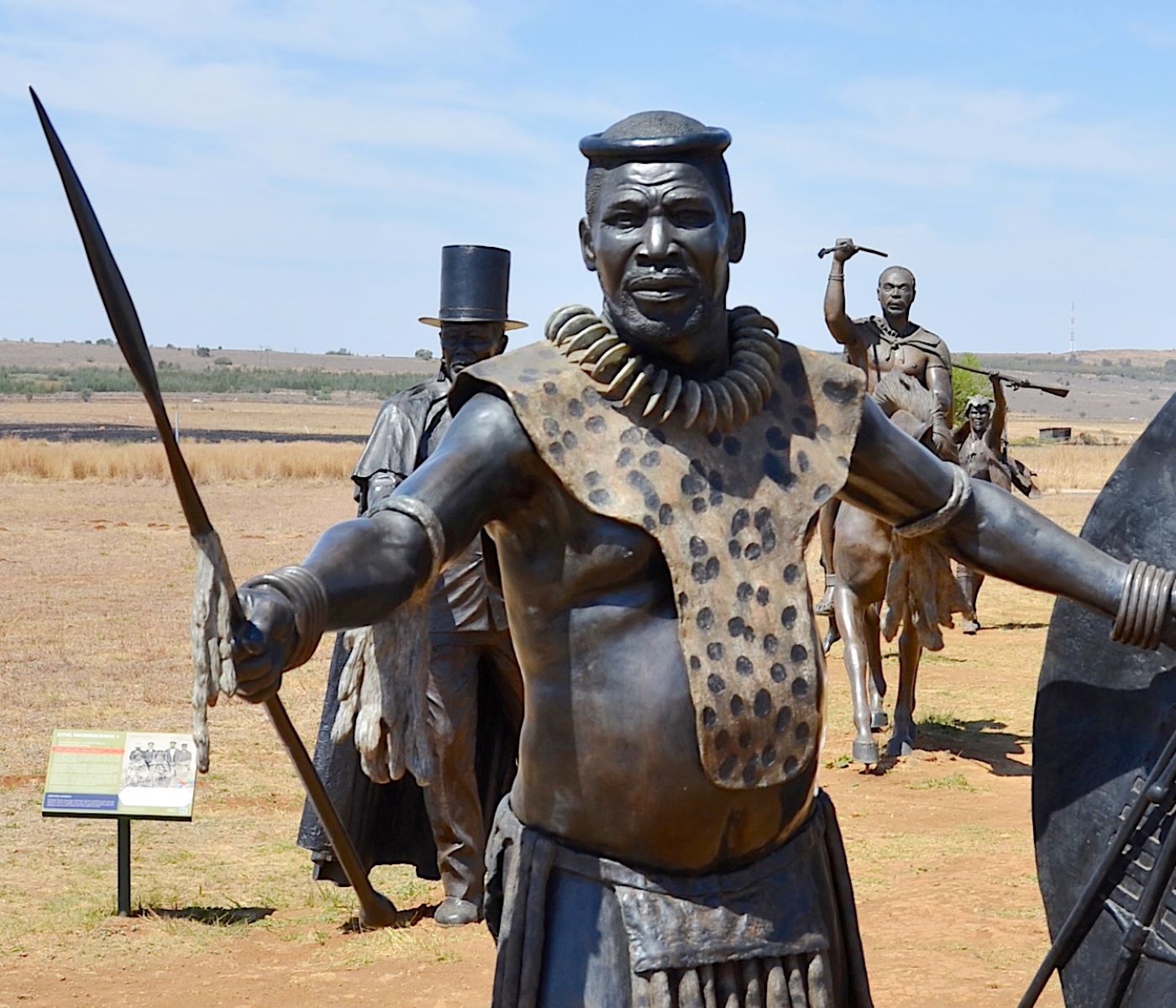
Dingane kaSenzangakhona, also known as Dingane, was a prominent figure in Zulu history. As the half-brother of the legendary Zulu king Shaka, Dingane was thrust into a position of power and responsibility. While his reign was marked by controversy and violence, there are also several fascinating facts about Dingane that shed light on his character and the tumultuous era in which he lived. In this article, we will delve into 13 captivating facts about Dingane kaSenzangakhona, providing insights into his reign, his relationship with his brother Shaka, and the impact he had on Zulu history. From his role as a warrior to his complex personal life, these facts highlight the complexity and intrigue of Dingane’s story.
Key Takeaways:
- Dingane kaSenzangakhona was a complex historical figure who engaged in power struggles, diplomatic relations, and ongoing conflicts, leaving a lasting impact on Zulu history and South Africa.
- His reign was marked by intrigue and controversy, sparking ongoing debate among historians about his true character and motivations, shaping the cultural heritage of the Zulu people.
Early Life
Dingane kaSenzangakhona was born in the early 1800s in what is now South Africa.
Succession Dispute
After the death of his father, Shaka, Dingane engaged in a power struggle with his brothers to become the next Zulu king.
Assassination of Shaka
Dingane was involved in the assassination of his half-brother, Shaka, in 1828.
Coronation
In 1828, Dingane successfully usurped the Zulu throne and was crowned as the new Zulu king.
Diplomatic Relations
Dingane established diplomatic relations with European settlers, including the British, in order to secure his power.
Battle of Blood River
In 1838, Dingane faced a major defeat against the Voortrekkers in the Battle of Blood River, resulting in the loss of Zulu territory.
Capital Move
Dingane moved the capital of the Zulu Kingdom to a more secure location called uMgungundlovu.
Infamous Incident
Dingane ordered the killing of Piet Retief and his 70 companions, known as the Weenen Massacre, in 1838.
Ongoing Conflicts
Dingane engaged in ongoing conflicts with neighboring tribes, including the Swazi and the Ndwandwe.
Overthrow and Death
In 1840, Dingane was overthrown by his half-brother, Mpande, and forced to flee. He was eventually assassinated in 1843.
Legacy
Dingane’s reign was marked by both power struggles and diplomatic maneuvering, leaving a complicated legacy in Zulu history.
Historical Controversy
There is ongoing debate among historians regarding Dingane’s true character and the motivations behind his actions.
Cultural Significance
Dingane’s legacy continues to be a subject of study and interest, shaping the cultural heritage of the Zulu people.
In conclusion, these 13 fascinating facts about Dingane kaSenzangakhona shed light on the complex life and reign of this historical figure. From his early life to his dramatic downfall, Dingane’s impact on Zulu history and South Africa as a whole cannot be understated.
Whether viewed as a cunning strategist or a ruthless leader, Dingane’s legacy remains a topic of intrigue and ongoing historical exploration.
Conclusion
In conclusion, Dingane kaSenzangakhona was a fascinating historical figure, with a complex and intriguing life story. From his rise to power as the king of the Zulu nation to his controversial actions and eventual downfall, Dingane left a lasting impact on South African history. Despite the controversies surrounding him, his reign marked an important period of transition and change for the Zulu people. It is through understanding figures like Dingane that we can gain a deeper appreciation for the rich and diverse history of the African continent.
FAQs
1. Who was Dingane kaSenzangakhona?
Dingane kaSenzangakhona was the king of the Zulu nation in the 19th century. He succeeded his father, King Senzangakhona, and ruled from 1828 until his death in 1840.
2. What were some of Dingane’s major accomplishments?
Dingane is known for establishing his capital at uMgungundlovu and for expanding the Zulu kingdom’s territory through military conquests. He also played a significant role in the Battle of Blood River, where the Zulus were defeated by the Voortrekkers.
3. What were the key events during Dingane’s reign?
Some of the noteworthy events during Dingane’s reign include the assassination of his half-brother, the negotiations with European settlers, the signing of the Treaty of Tugela, and the eventual conflict with the Voortrekkers.
4. How did Dingane’s reign come to an end?
Dingane’s reign ended when he was overthrown by his half-brother Mpande and the Voortrekkers in 1840. He was forced to flee and took refuge in Eswatini, where he eventually died.
5. What is the legacy of Dingane kaSenzangakhona?
Dingane’s reign is seen as a pivotal period in Zulu history. His actions, both positive and negative, shaped the destiny of the Zulu nation. Today, he is remembered as a complex figure who played a significant role in the historical narrative of South Africa.
Was this page helpful?
Our commitment to delivering trustworthy and engaging content is at the heart of what we do. Each fact on our site is contributed by real users like you, bringing a wealth of diverse insights and information. To ensure the highest standards of accuracy and reliability, our dedicated editors meticulously review each submission. This process guarantees that the facts we share are not only fascinating but also credible. Trust in our commitment to quality and authenticity as you explore and learn with us.
